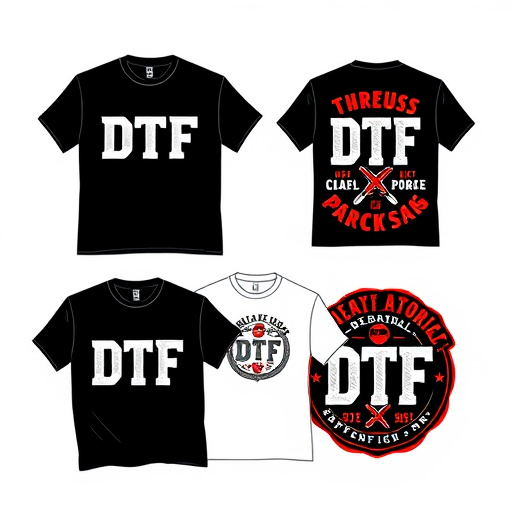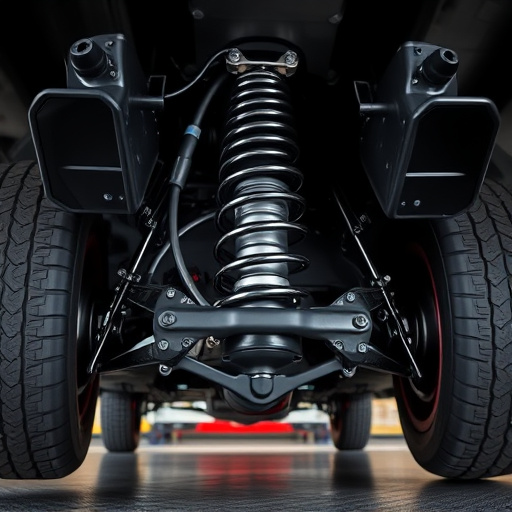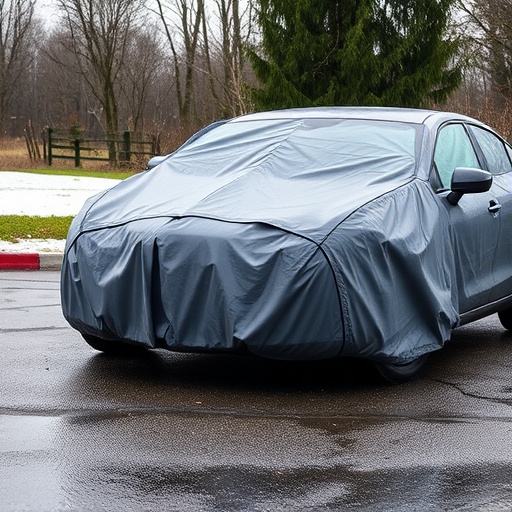Proper vehicle decal installation requires specific tools like knives, rollers, gloves, and heat guns for professional results. Surface preparation is key: clean, dry, and slightly roughen the paint. Use measurement and marking techniques for precise alignment, and consider protective coatings to safeguard decals from UV damage and everyday wear.
New to vehicle decal installation? This comprehensive guide is your go-to resource. Learn everything you need to know about setting up those eye-catching designs on your car, truck, or SUV. From gathering the common tools needed to troubleshooting common issues, we break down the step-by-step process for a successful DIY installation. Get ready to transform your ride!
- Common Tools Needed for Decal Installation
- Step-by-Step Guide to Applying Vehicle Decals
- Troubleshooting Common Installation Issues and Tips
Common Tools Needed for Decal Installation

When it comes to vehicle decal installation, having the right tools makes the process smoother and more efficient. While the complexity of the job can vary depending on the type of decal and vehicle surface, certain tools are universally essential. For beginners, it’s recommended to invest in a few key items to ensure a professional-looking finish. A sharp knife or scissors is indispensable for cutting and positioning the decal accurately. Additionally, a smooth rubber roller helps to remove air bubbles and ensures the decal adheres tightly to the surface.
Gloves and a mask are also important considerations, especially if you’re working with sensitive materials or in an area that requires dust protection, such as near window tinting applications. Having a heat gun can be beneficial for specific installations, aiding in the removal of air pockets and ensuring optimal adhesion. Remember, proper preparation is key to successful vehicle decal installation; the right tools will make all the difference.
Step-by-Step Guide to Applying Vehicle Decals

Applying vehicle decals is a straightforward process that involves careful preparation and precise placement. Start by cleaning the car’s surface thoroughly to ensure optimal adhesion. Use a dedicated cleaner or soapy water, then wipe down the area with a microfiber cloth until it’s dry and free of any residue.
Next, position the decal gently, starting from one corner and aligning it carefully with the surface. Smooth out any bubbles or wrinkles using a squeegee or a soft plastic card. Pay close attention to edges and ensure they are securely attached without overlaps. For added protection against heat rejection and UV damage, consider applying a paint protection film or protective coatings over the decals once they’re fully installed.
Troubleshooting Common Installation Issues and Tips

When it comes to vehicle decal installation, beginners often encounter common issues that can be easily troubleshooting with a few tips and tricks. One of the most frequent problems is improper surface preparation. Before applying any decals, ensure the car’s paint is clean, free from contaminants, and slightly roughened for better adhesion. Using a mild abrasive cleaner or a microfiber cloth with fine grit sandpaper can help create a suitable surface texture without damaging the paint.
Another challenge could be aligning the decal perfectly. Take your time to measure and mark key points on your vehicle before peeling back the protective backing. Use alignment tools like stickers or chalk to guide you. If bubbles or wrinkles form during installation, don’t panic. You can gently heat the area with a hairdryer to create a smooth surface for the vinyl to lay flat. For added protection, consider applying a ceramic coating, paint protection film, or vinyl wraps after successful installation to safeguard your decal and enhance its longevity against UV rays and everyday wear and tear.
Vehicle decal installation can be a fun way to personalize your car, but it’s important to approach the process with the right tools and knowledge. By familiarizing yourself with the common tools needed, following a step-by-step guide, and understanding potential issues, you’ll be well on your way to successfully applying vehicle decals like a pro. Remember, proper preparation and attention to detail are key to achieving a sleek, long-lasting finish.














